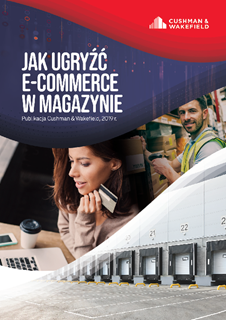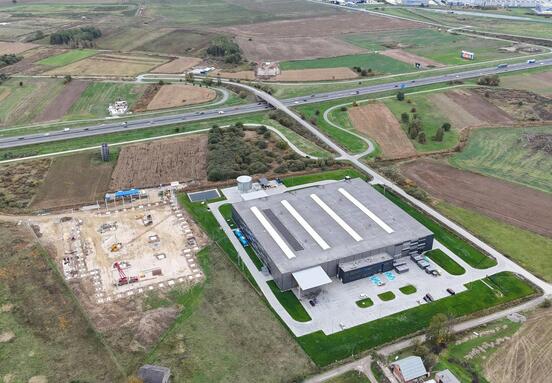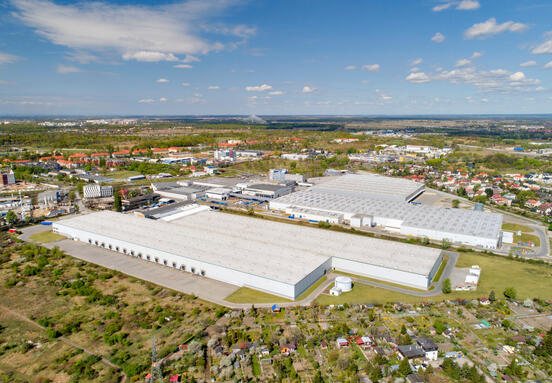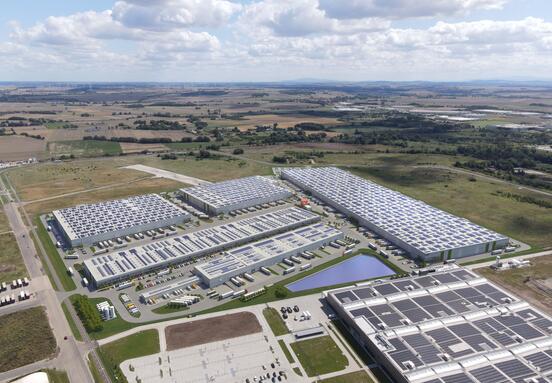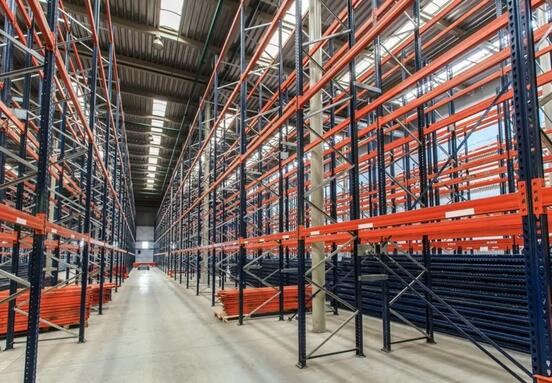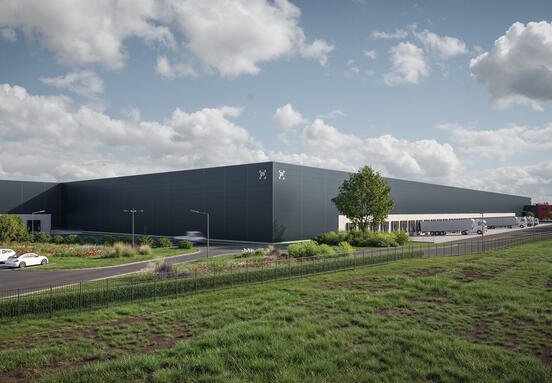Fast delivery and labour requirements are key factors in the choice of a warehouse location for e-commerce tenants in Poland, say survey respondents. What is the importance of the fit-out and standard of space? How important are automation and welfare facilities to employees?
Cushman & Wakefield’s survey of logistics developers and operators has revealed that fast delivery and a large labour pool are the two factors that remain critical in deciding where to locate a warehouse for e-commerce operations. Road infrastructure must enable quick delivery, including the same day delivery which is becoming increasingly common thanks to the industrial market’s growth. The cut-off time for the same day delivery is also being extended. Access to a large labour pool helps meet the challenges of demand fluctuations and sales peaks. It is also instrumental in carrying out operations properly where automation cannot be deployed, for example in return logistics or creation of promotional sets.
Central Poland has been the most sought-after market by industrial developers, but changing trends and the pressure to provide the fastest possible delivery are driving them to commence projects in new locations such as western and north-eastern Poland. Another trend is the growth of urban warehouses. This segment of the commercial real estate market fulfils the demands for the shortest delivery times and more flexibility. Units measuring between a few hundred and several thousand square metres are being developed in Poland’s largest metropolitan areas such as Warsaw, Łódź, Wrocław, Gdańsk and Szczecin. They are also good solutions in such locations as Białystok, Częstochowa, Bydgoszcz, Rzeszów and Toruń.
“The Polish economy continues to power ahead, fuelled by the consumption growth in recent quarters. Companies expect order numbers to surge within a short time and will therefore require effective solutions for last-mile logistics, especially given the measures undertaken in large urban arears to regulate courier traffic in city centres, including the #Warszawa2030 strategy currently being developed, which will restrict deliveries and make PUDO (pick up, drop off) points increasingly popular. A Small Business Unit can be an excellent place when it comes to quick order collection or return, and can also feature a showroom or even a centre of added services such as express small-scale tailoring services for fashion companies, which perfectly fits in with another market trend: personalised production. A city logistics warehouse can also provide an office and a small space for light manufacturing, if requested by a client. All major business operations can thus be accommodated in a single location,” says Damian Kołata, Associate, Industrial and Logistics Agency, Cushman & Wakefield.
E-commerce is particularly exposed to the risks of employment fluctuations, demand changes and seasonal peaks. City logistics units will therefore be an excellent response to the market’s organic growth and will help adjust logistics services to market standards and needs.
Factors rated as very important by developers for an e-commerce warehouse include access to a mezzanine (27%), automation, welfare space, parking spaces for employees and an adequate number of grade-level doors (18% each). According to logistics operators, occupier requirements regarding welfare space (60%), appropriate lighting (40%) and parking spaces for employees (20%) are critical.
AN IDEAL WAREHOUSE FOR E-COMMERCE
E-commerce reports special requirements for warehouse space and infrastructure – there is no doubt about it. A traditional warehouse with pallet racks is unlikely to meet occupier requirements given the need for quick delivery acceptance and making goods available for sale, swift order picking and the inevitability of large volume fluctuations in line with seasons, holidays and sales periods. To increase efficiency, warehouses increasingly feature mezzanines with multilayer cardboard shelf racks, mezzanine lifts, conveyor belts sending picked goods to the packing zone, etc. A mezzanine enables a more efficient adaptation and optimum adjustment of available space to individual needs and warehouse conditions. Its construction requires an appropriately reinforced floor, more efficient ventilation systems and appropriate lighting.
An ideal warehouse for e-commerce should also provide an above-standard number of grade-level doors that will depend on product ranges and sizes. If a tenant expects to sign agreements with several courier companies which will be collecting parcels in similar time slots, several grade-level doors will have to be fitted.
A modern facility for online retailers should also be automated. Due to the surge in order volumes and the growing share of e-commerce in total retail sales, automation is being seen as an answer to many sectoral challenges associated with workforce, sales fluctuations and time pressure. To reduce picking times and avoid mistakes, pick-by-voice, pick-by-light, pick-by-vision or their combinations are being increasingly deployed to collect goods from racks faster and confirm tasks by voice command. Of these, pick-by-vision is the most interesting solution that supports a person operating a warehouse forklift or pulling a picking cart - special glasses fitted with a feature to visualize the next step of the order picking process. A display shows the next warehouse locations and the number of items to be collected. Order picking becomes intuitive and the number of mistakes falls as the screen displays the exact location and set volume. Such wearables can be used by many people, including later shifts.
Source: Cushman & Wakefield
